Side effects generally only occur during stimulation and usually decrease over time. The most common side effects of VNS Therapy™ include:
Hoarseness
Shortness of breath
Sore throat
Coughing
In regards to the surgical procedure, the most common side effect is infection.
Talk to your physician about warnings, precautions, side effects, and hazards. Ask about risks that you should know about as well as any other issues that might be appropriate to discuss, such as status epilepticus and sudden unexpected death in epilepsy. You can find more safety information here.
Starting your VNS TherapyTM Journey
Use these resources to support you through your VNS TherapyTM journey
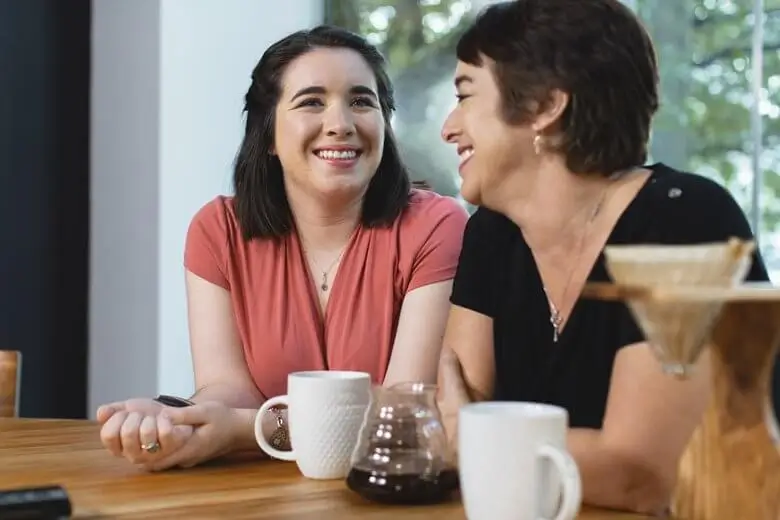
What to expect after your surgery
Your life with VNS TherapyTM
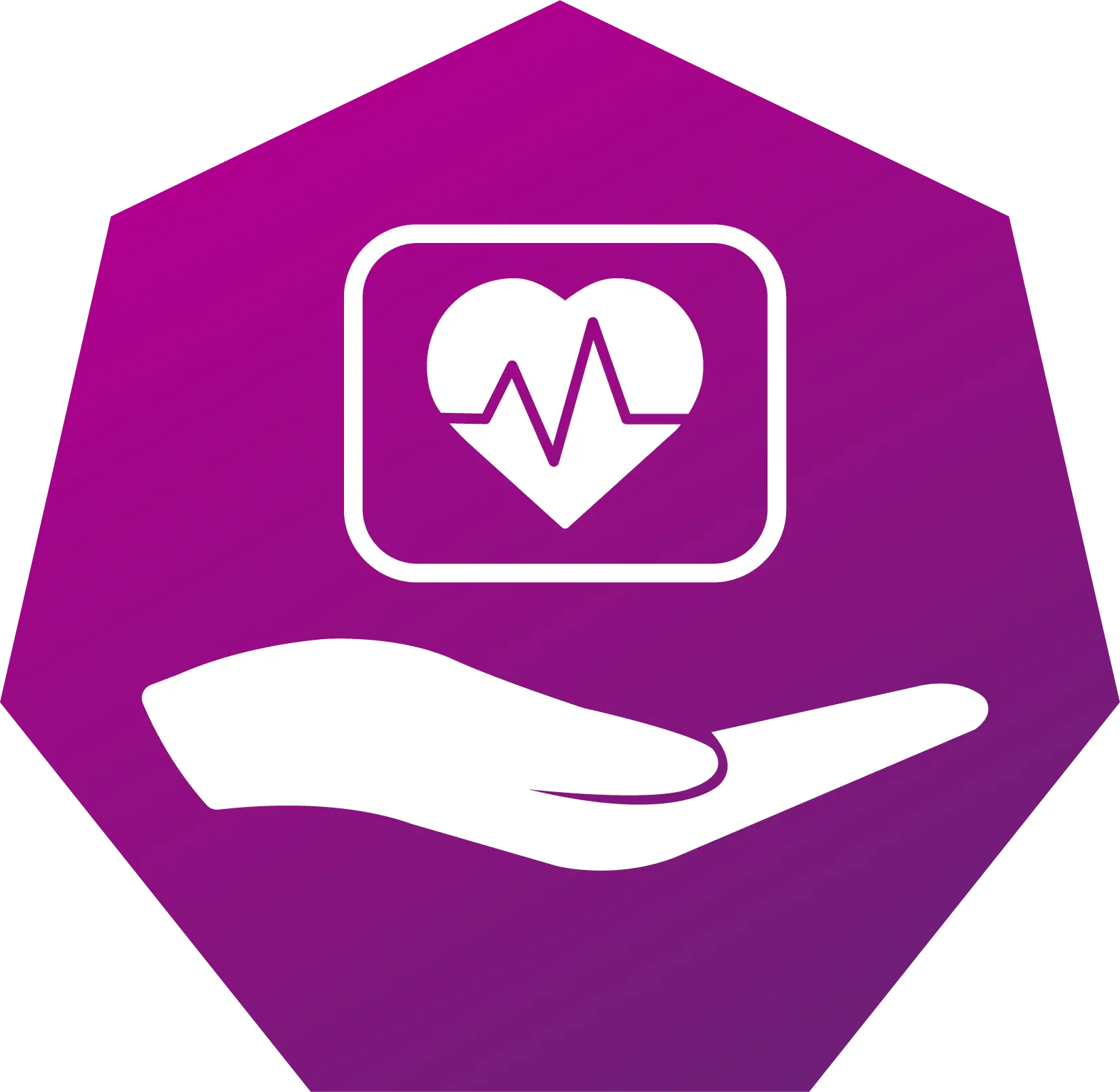
Straight after surgery
Take the time to rest and recover after surgery - it's important to be kind to yourself and ask for support when you need it.
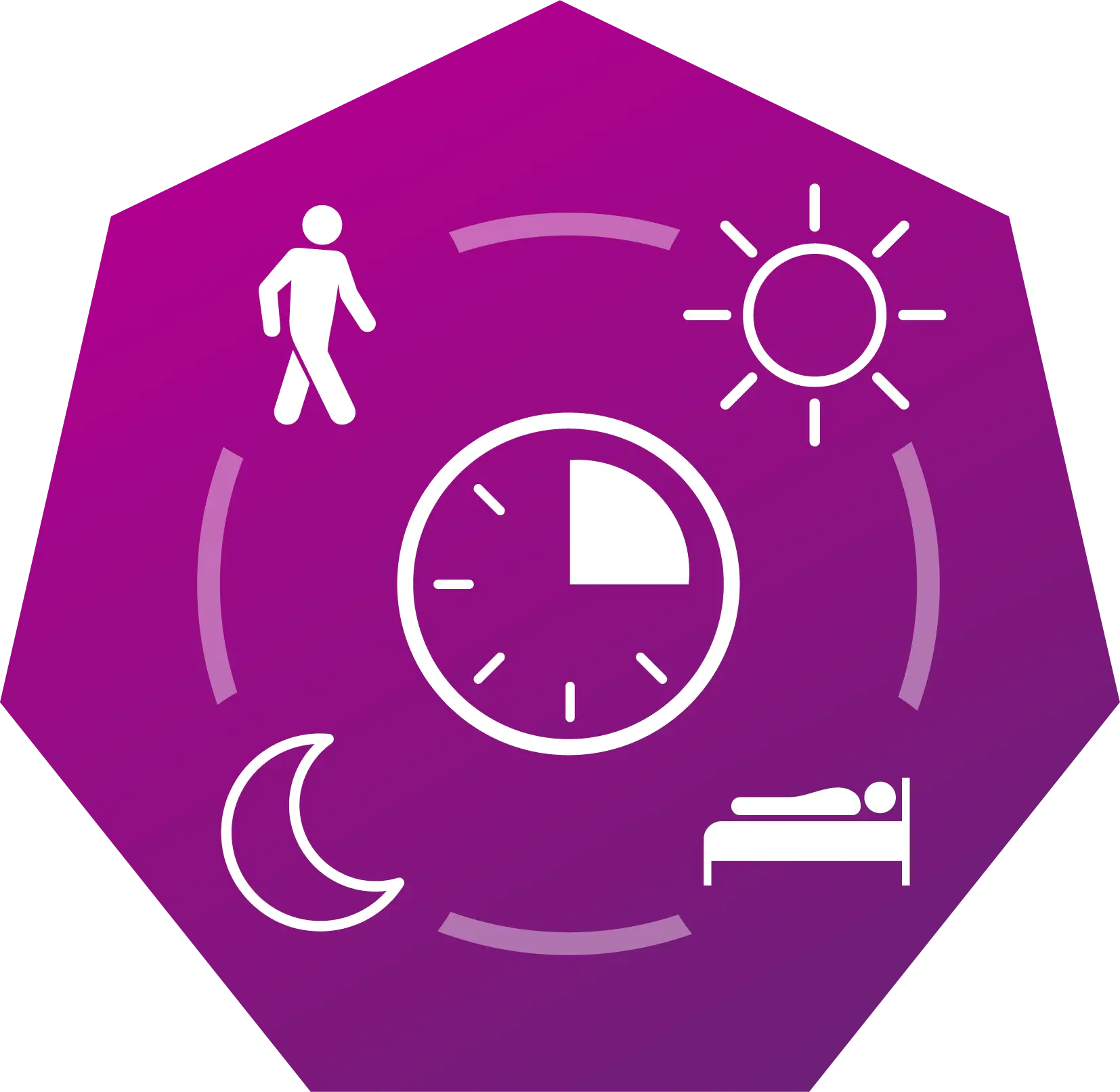
Your first programming appointment
Two weeks after the procedure, when your wounds have healed, you’ll have an appointment with your doctor or epilepsy specialist nurse to switch on your VNS Therapy™ System!
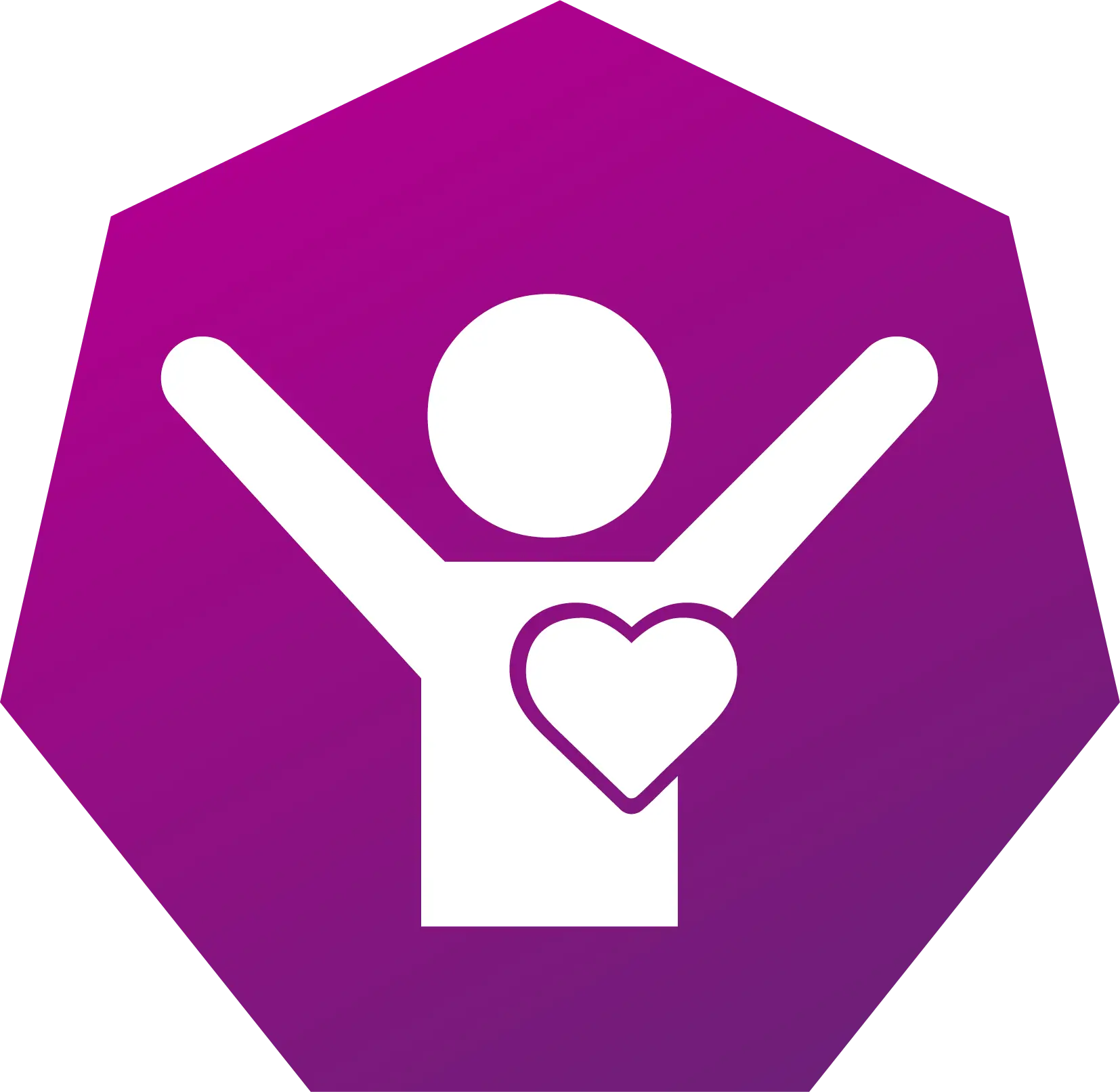
Living with VNS TherapyTM
Tips for travelling, exercising and living with VNS Therapy, and the chance to download your Patient Information Card.

Keep track of your experience
The effects of VNS Therapy™ can take some time and each person’s experience is different. You may be interested in keeping track of your journey using the VNS Therapy Experience Journal to guide you.
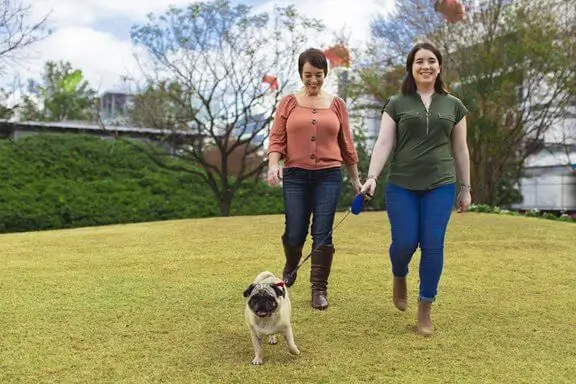
After your VNS Therapy™ surgery, it’s time to rest and recover before your device is turned on.
- Be kind to yourself - recovery from surgery is different for everyone, it’s normal to need rest.
- Encourage yourself to take some gentle exercise and breathe in the fresh air!
- Drink plenty of water and eat healthy foods to help your body recover.
- Ask your friends, family or neighbours for help if you need it.
- Get back into your usual routine as quickly as possible.
You’ll have two wound dressings from where your surgeon made the incisions to implant your VNS Therapy™ System - on the left side of your chest and neck. You may feel some soreness, but this is normal. Your doctor or nurse will give you advice on how to keep the wounds clean during the healing process. The most common side effect from the surgery is infection – so contact your doctor if you have any concerns.
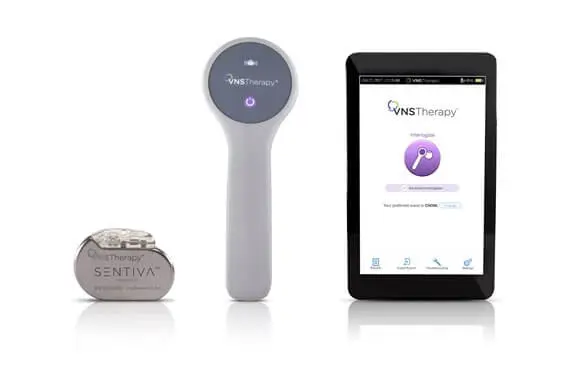
Switching on your VNS TherapyTM System
Two weeks after the procedure, when your wounds have healed, you’ll have an appointment with your doctor to switch on your VNS Therapy™ System! Your doctor will use a tablet and a wand to connect to your generator, then switch on your VNS Therapy System and begin to program the settings.
Connecting the VNS TherapyTM programming system

Connecting the wand and generator
Your doctor will hold the wand over where the generator was implanted. Once the wand and the generator have connected, the tablet will show your doctor the details of your VNS Therapy™ generator.

Programming the first settings
Each setting will be programmed by your doctor with the tablet. The generator can now start sending signals through the lead to the vagus nerve in an effort to control your seizures.

Adjusting the stimulation settings
Over a series of appointments, your doctor will continue to use the programming system to adjust your stimulation settings to your needs and check that the generator and lead are functioning correctly. It’s important to keep attending your appointments as planned by your doctor.

Continue with your regular appointments
It’s important to keep attending your appointments as planned by your doctor. Once the initial settings have been programmed, you should continue to see your doctor at least once every 6 months to ensure that the VNS Therapy System is working as it should be.
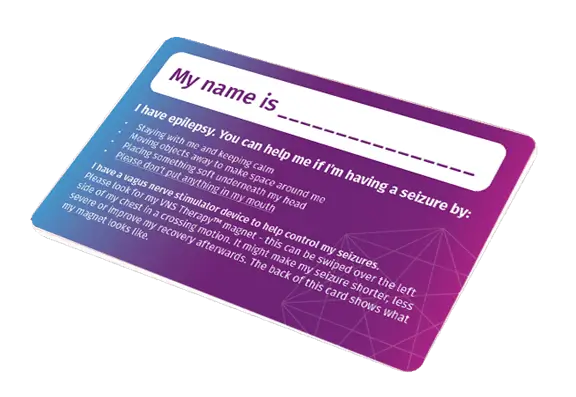
Travelling with your VNS TherapyTM System
Planning a holiday? Great! Whilst the security systems at the airport shouldn’t affect your VNS Therapy™ System, move through them at a steady pace, keeping around 40cm away from the equipment (do the same for supermarket scanners). You could also carry your Patient Information Card with you to show the airport security staff if necessary.
Your VNS Therapy Patient Information Card can be used to let people know that you have epilepsy and a vagus nerve stimulator. It includes these key details to help passers by safely help you if you have a seizure in public:
- Your name
- Advice for safe seizure first aid
- How to swipe the VNS Therapy magnet in an effort to stop your seizure, make it shorter, or improve your recovery after the seizure
You can download and print from this page, or ask your epilepsy team so you can carry this card with you.
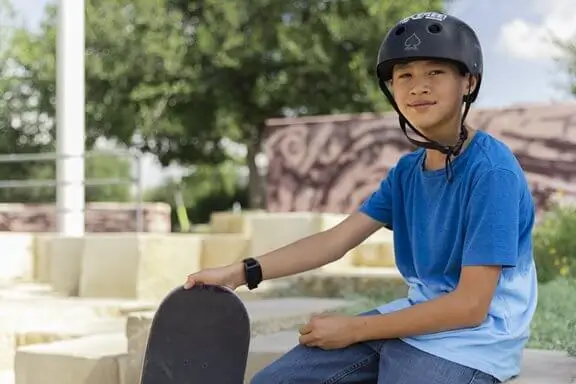
Enjoying activities with VNS TherapyTM
Exercising!
Regular exercise is encouraged to stay healthy - talk to your doctor before starting something new and continue to proceed with care during activities that could be risky.
If you enjoy high impact contact sports - be aware that physical trauma to the generator or lead can cause damage, so it’s important to discuss these types of activities with your epilepsy team first to advise on precautions.
Tips at home
The VNS Therapy™ generator is affected by strong magnetic fields, which can be found in some household items containing magnets such as children’s toys, induction hobs, and tablet computers. It’s best to keep these items at least 20cm away from your generator to avoid an extra stimulation or temporarily stopping stimulation.
So, if you’re watching a film or browsing on your tablet, resist the temptation to rest it on your chest!

Using the VNS TherapyTM Experience Journal
The effects of VNS Therapy™ can take some time and each person’s experience is different. You may be interested in keeping track of your journey using the VNS Therapy Experience Journal to guide you:
- Set your sights on your future by thinking about three things you'd love to do in the coming years
- Record details of your seizures and their impact on your life before VNS Therapy
- Keep track of these same details at different points since having VNS Therapy
- Reflect on your experience and share with your epilepsy team
If you'd like a printed copy, please ask your epilepsy specialist nurse or doctor.
Extra support
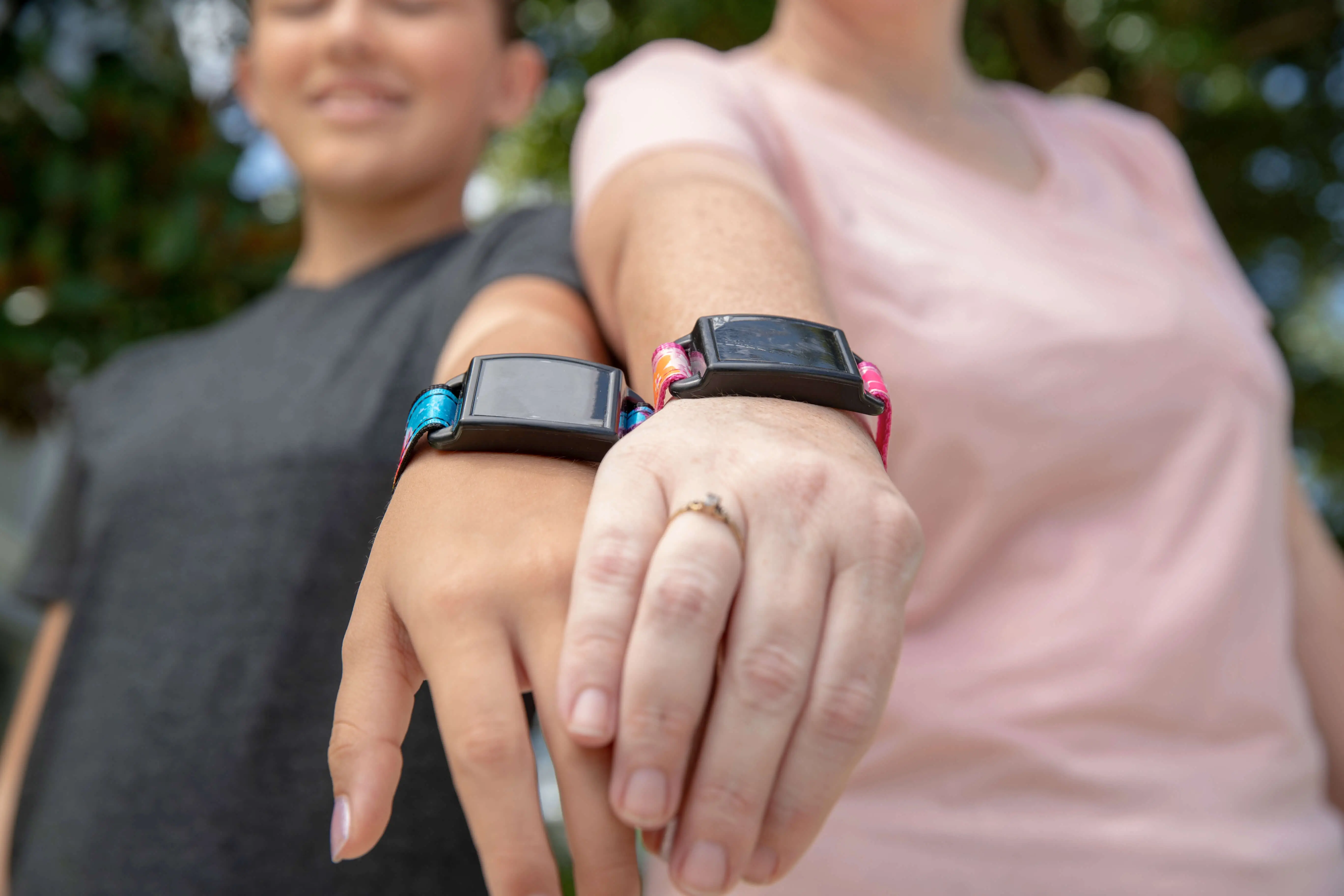
Using the VNS TherapyTM Magnet
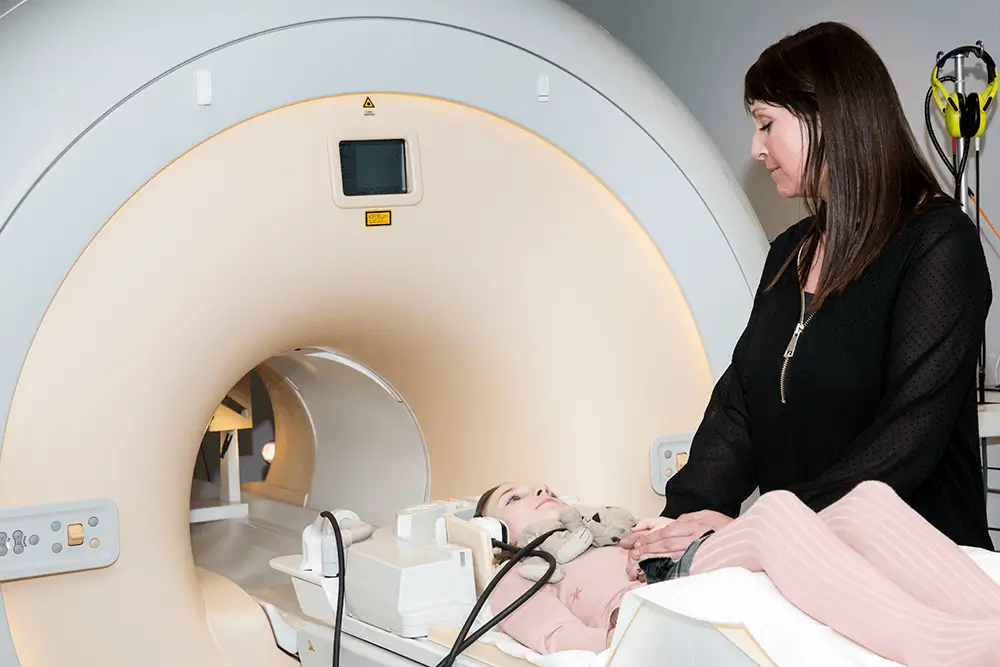
Having an MRI Scan with VNS TherapyTM
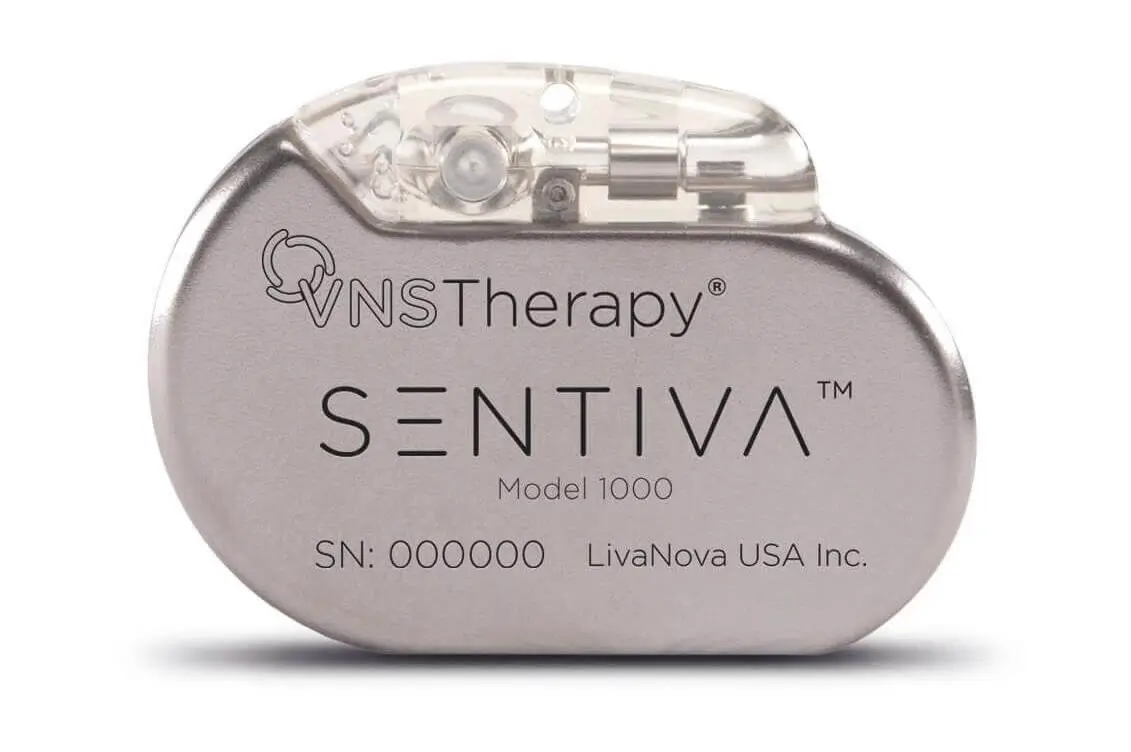
Your New Device: SenTivaTM
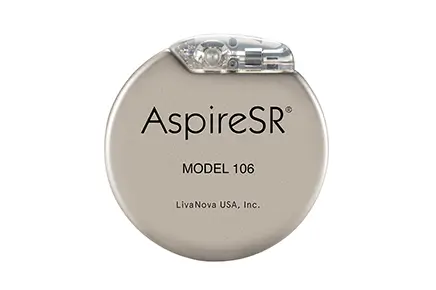
Your New Device: AspireSRTM
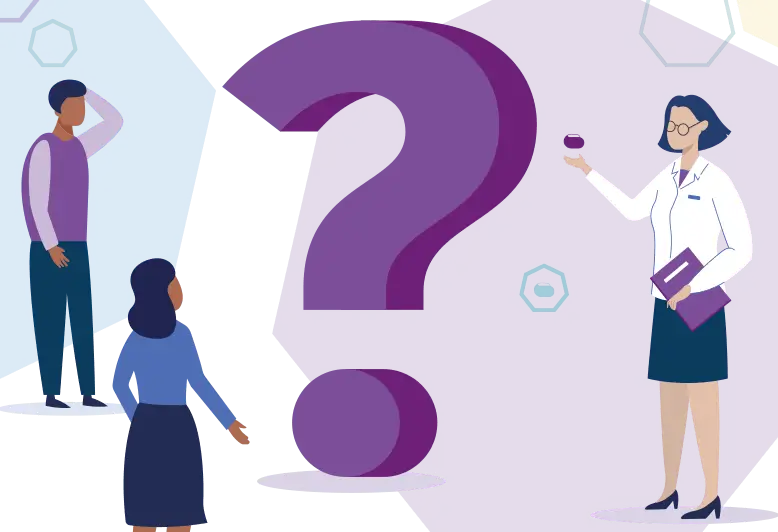
All VNS TherapyTM Frequently Asked Questions